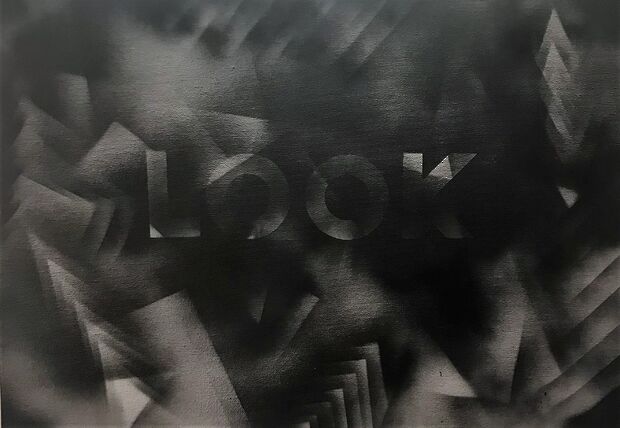Solitudes and Seasons: Exhibition review
Exploring the eerie in the English landscape, Nathaniel Tye gives us an overview of the paintings and films that make up this intriguing exhibition
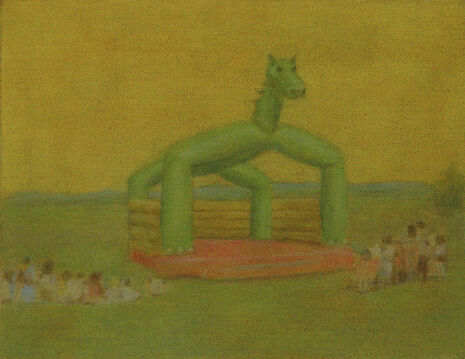
From John Constable's ghostly Netley Abbey by Moonlight to the country homes of M. R. James' ghost stories, rural England and its landscape have long provided a source of fear and wonder in art. With more recent art forms, film especially, visibly maintaining a fascination with the darker side of the countryside. The film world’s slightly ghoulish fascination with landscape related terrors is particularly evident in the "folk horror" genre, typified by 1973's The Wicker Man or the more recent Kill List (2011). Solitudes and Seasons, curated by Ben Walker, promises to offer a snapshot of the art world’s current attitudes towards this green and perhaps not-so-pleasant land.
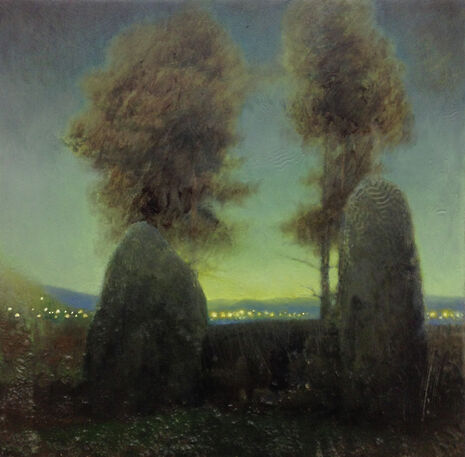
Opening up the exhibition is Chambered Cairn by Sam Douglas. Very much in the tradition of landscape painting and with influences from Thomas Gainsborough to Samuel Palmer to Graham Sutherland, Douglas’ works are among my favourites exhibited in Solitudes and Seasons. One of the most striking things about Douglas’ works are their size. Not much larger than a postcard his paintings form a stark comparison to the large dominating canvases frequently associated with landscape painting and present a little thought about point: the landscape is a curiosity, a commodity able to be relegated to a box in the loft. Douglas’ diminutive works often depict stone circles of cairns in misty moors, the only trace of humanity in his paintings are the small dots of light in the distance. This portrayal of uninhabited hills introduces what seems to be the exhibition’s main, almost apocalyptic, theme; the abandonment of the countryside.
In my mind, Rhys Trussler’s work tied with Douglas’ for the best on show; very different in style, Trussler’s works seemed the "eeriest", with the provocatively titled Pastoral Menace and Every Inch of England is a Grave being standout pieces. By depicting seemingly abandoned houses and landscaped gardens Trussler takes the idea of rural abandonment even further, suggesting that even the emulation of it is lost to a void of urban modernity. Landscape gardens are bonsai countryside, a tamed, de-fanged miniature of rolling hills and gushing rivers. That even this domestication of nature has been abandoned indicates the rural is no longer an object of fear, but of revulsion.

A certain science was brought to the abandoned landscape by Mandy Hudson and Robin Dixon; Hudson takes on the role of the botanist in her works, most of which, like Single Clover are close-up studies of plants. Flora in landscape art often appears as an amorphous mass of green, so Hudson’s investigations into the smallest components of this mass present an exploration of the often-neglected constitution of "the landscape". Dixon brings a different kind of science to the countryside, with several pieces showing empty labs in shades of red and purple with a view to a vibrant green forest. With this hint of science-fiction the 2010 film Beyond the Black Rainbow was brought to mind, itself inspired by films from the 70s and 80s that were generally evocative of sci-fi films of this era.
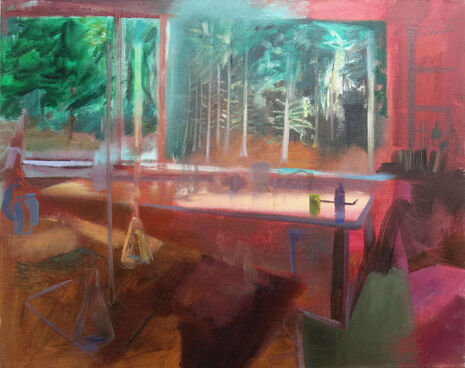
The theme of folk horror running throughout the exhibition was brought to the forefront in exhibition curator Ben Walker’s paintings and Adam Scovell’s short films. The earthy tones of Walker’s works give them the appearance of having been found in an old country house, only recently rediscovered after years of neglect. The Beginning is Also the End, possibly, my favourite painting of Walker’s, is reminiscent of The Wicker Man; a policeman surveys a rolling rural landscape, whilst his dog stares intently to the side. The tension in the dog’s leash seems to capture this style of horror perfectly, the threat is never shown and is instead hinted at, lingering just out of shot until the crucial moment.
The films of Scovell (who authored a book on the subject, Folk Horror: Hours Dreadful and Things Strange) explore several themes within the context of the genre. No Diggin Here acts a response to James’ A Warning To The Curious, exploring the landscapes of Aldeburgh that inspired the original story. Whereas, The Attempt focuses on the suicide attempt of writer and poet Edward Thomas during a countryside walk. The final of the three, Holloway, is an adaptation of a book by Robert Macfarlane, Stanley Donwood and Dan Richards, narrated by Macfarlane, it investigates the sunken forest paths of the titular Holloways, of Dorset. Frustratingly, the films were shown on a television by the building’s main staircase, with a pair of uncomfortable headphones provided for sound. With a total runtime of around 17 minutes for the three films, this did not make for ideal viewing. Fortunately, all three are available on Scovell’s YouTube channel and watching them at home made for a much better experience. The calm narration contrasts with the eerie, droning soundtracks, and the super-8 shot footage lends them a vintage, rough quality, channelling the feeling of folk horror’s heyday.
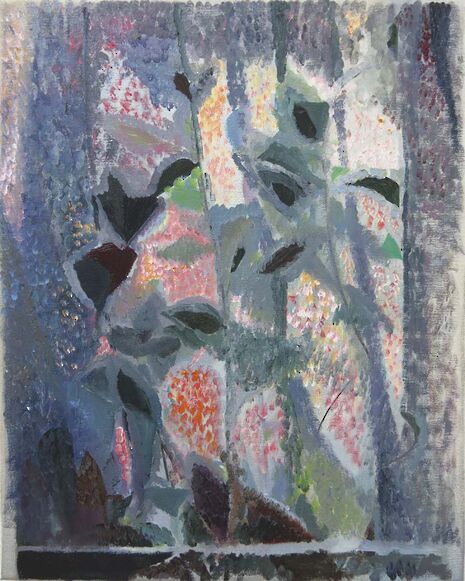
My only real gripe with gripe with the exhibition is the unconventional space in which it is held. The Alison Richard Building, home of the Department of Politics and International Studies is a working building and there are, understandably, academics and students wandering around the area. Although these interruptions did soften the impact of the exhibition a little, it is worth mentioning that I attended the exhibition at the same time as a lunch reception for a Brexit-related conference, and thus the space was perhaps a little busier than usual.
Overall, Solitudes and Seasons presents a thought-provoking perspective on an often forgotten aspect of the English landscape. Certainly succeeding in its mission to explore the eerie in the rural, the exhibition does so with a multi-faceted approach and wide-ranging focus, exploring both the macro and micro elements that make up the flowing fields and endless hills of the famed English countryside.
 News / Cambridge academics stand out in King’s 2026 Honours List2 January 2026
News / Cambridge academics stand out in King’s 2026 Honours List2 January 2026 Interviews / You don’t need to peak at Cambridge, says Robin Harding31 December 2025
Interviews / You don’t need to peak at Cambridge, says Robin Harding31 December 2025 News / AstraZeneca sues for £32 million over faulty construction at Cambridge Campus31 December 2025
News / AstraZeneca sues for £32 million over faulty construction at Cambridge Campus31 December 2025 Comment / Plastic pubs: the problem with Cambridge alehouses 5 January 2026
Comment / Plastic pubs: the problem with Cambridge alehouses 5 January 2026 News / Cambridge businesses concerned infrastructure delays will hurt growth5 January 2026
News / Cambridge businesses concerned infrastructure delays will hurt growth5 January 2026

